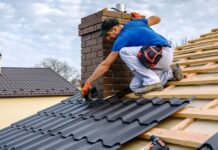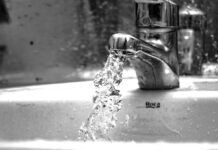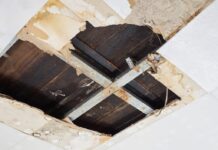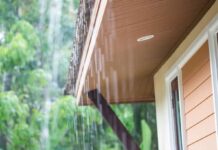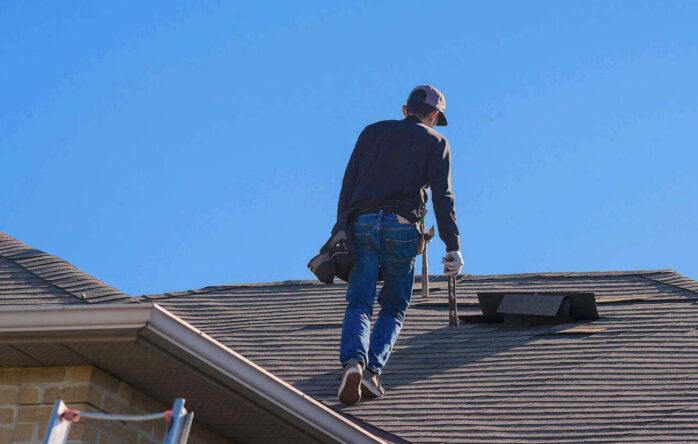
Roof damage is a common problem faced by homeowners. It can be caused by several factors, including age, weather, and lack of maintenance. It’s essential to spot signs early to prevent further damage and costly repairs. In this article, we’ll discuss how to spot signs of roof damage and what to do if you find any signs are noticed.
How to Spot Signs of Roof Damage
Missing or Damaged Shingles
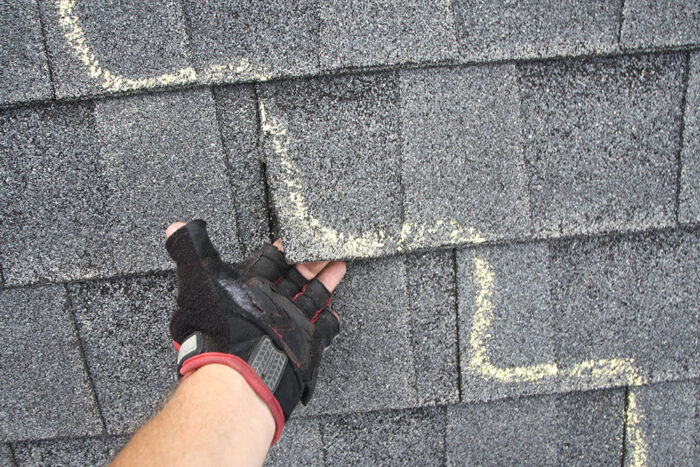
One of the most common signs is missing or damaged shingles. This can be caused by severe weather, such as heavy rain, wind, or hail. Missing or damaged shingles can expose your roof to further harm, including leaks and water damage. To identify missing or damaged shingles, look for shingles that are cracked, curled, or missing. It’s essential to fix this issue as soon as possible to prevent further harm. Fortunately, these are minor repairs that can be done cheaply and prevent very expensive repairs in the future.
Leaks and Water Damage
Another common sign of roof damage is leaks and water damage. This can be caused by several factors, including missing or damaged shingles, clogged gutters, and improper installation. To identify signs of water penetration, look for stains or discoloration on your ceiling or walls, peeling paint or wallpaper, and musty odors. It’s essential to fix leaks and water damage as soon as possible to prevent further deterioration.
Sagging or Uneven Roof
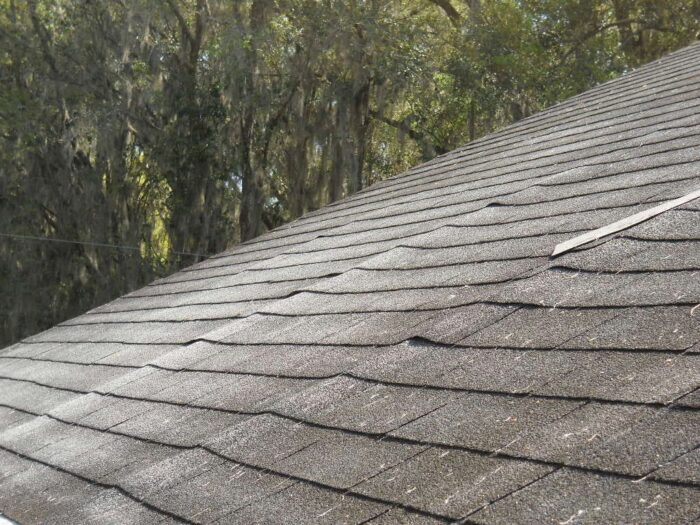
A sagging or uneven roof can be caused by multiple things, including age, weather, and improper installation. To identify sagging or uneven segments, look for dips or valleys in your roofline, visible sagging or drooping, and unevenness. A sagging or uneven roof can be a sign of a serious problem and should be fixed as soon as possible to prevent further damage. Call a licensed roofer to inspect if you see these signs.
Clogged Gutters
Clogged gutters can cause several problems, including water damage, leaks, and mold growth. To identify clogged gutters, look for water pouring over the sides of your gutters, water pooling around the foundation of your home, and vegetation growing out of your gutters. It’s essential to clean your gutters regularly to prevent clogs and potential deterioration.
What to Do About Roof Damage
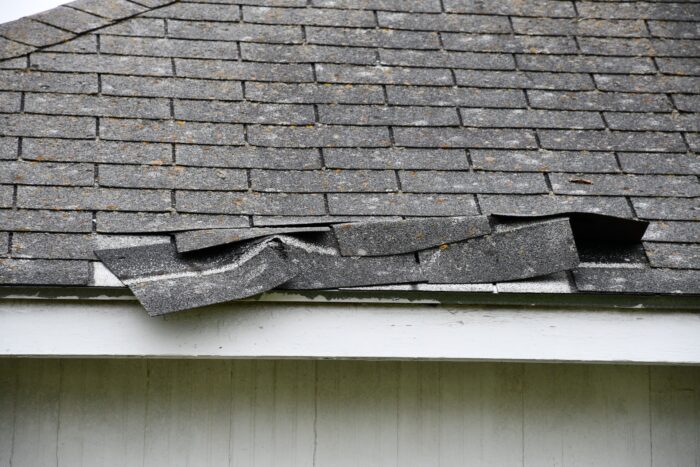
DIY Repairs
Some minor roof repairs can be done yourself, such as replacing missing or damaged shingles, sealing leaks, and cleaning gutters. It’s vital to take proper safety precautions when doing DIY repairs and to be aware of your limitations. For more extensive repairs, it’s best to hire a professional roofing contractor.
Hiring a Professional
When hiring a professional, it’s important to choose a reputable roofing contractor. Look for contractors with a good reputation, experience, and proper licensing and insurance. Ask for references and get several estimates before choosing a contractor.
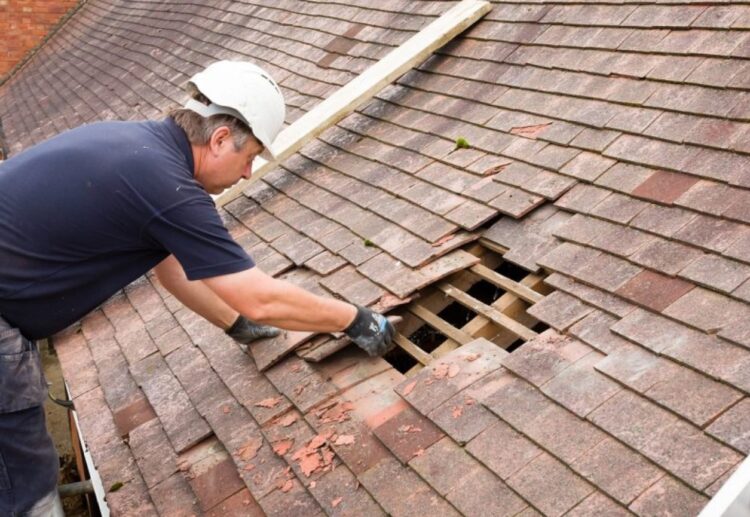
Roof Replacement
In some cases, a roof may need to be replaced. Signs that it needs to be replaced include multiple missing or damaged shingles, significant leaks, and a sagging or uneven roof. When choosing a new one, consider factors such as durability, cost, and energy efficiency. Hire a professional for a replacement to ensure the job is done correctly.
FAQs
How often should I inspect my roof for damage?
It’s recommended to inspect it twice a year, in the spring and fall.
Can I do repairs myself?
Minor repairs, such as replacing missing or damaged shingles, can be done yourself. However, more extensive repairs should be done by a professional.
How long does a roof replacement take?
The length of time it takes to replace a roof depends on several factors, including the size of your roof, the type of material used, and the weather conditions. On average, a replacement can take several days to a week.
How much does a roof replacement cost?
The cost of a replacement depends on several factors, including the size, the type of roofing material, and the complexity of the job. On average, a replacement can cost anywhere from a few thousand dollars to tens of thousands of dollars. It’s essential to get several estimates from reputable roofing contractors before choosing a contractor.
What are the most common types of roofing materials?
The most common types of roofing materials include asphalt shingles, metal, tile, and slate roofing. Each type of material has its advantages and disadvantages, so it’s essential to choose a material that fits your budget, climate, and aesthetic preferences.
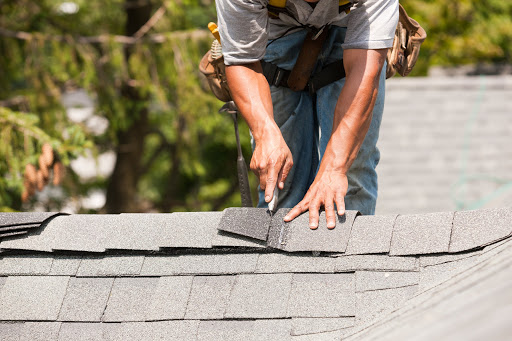
Roof Maintenance Tips
Regular maintenance is essential to prevent deterioration from occurring in the first place. In addition to identifying signs and problems, it’s useful to provide readers with some tips on how to maintain their roofs. One important maintenance task is cleaning gutters regularly to prevent clogs and potential water penetration. It’s also important to inspect it regularly, ideally twice a year, in the spring and fall. During these inspections, check for signs of damage and address any issues as soon as possible. Finally, trimming nearby trees can prevent falling branches and debris from damaging your roof. By following these maintenance tips, you can help extend the life of your roof and prevent costly damage.
Common Types of Roof Damage
Some common types of damage include ice damming, which occurs when snow and ice accumulate on the roof, causing water to back up and potentially damaging the roof or interior of the home. Flashing damage can also occur, which is when the metal or plastic sheeting used to seal joints on the roof becomes damaged or deteriorates, leading to leaks. Additionally, membrane punctures can occur, typically caused by sharp objects falling onto the roof – more commonly caused by storms. By understanding the different types of damage that can occur, homeowners can take steps to prevent issues and address any issues as soon as they arise.
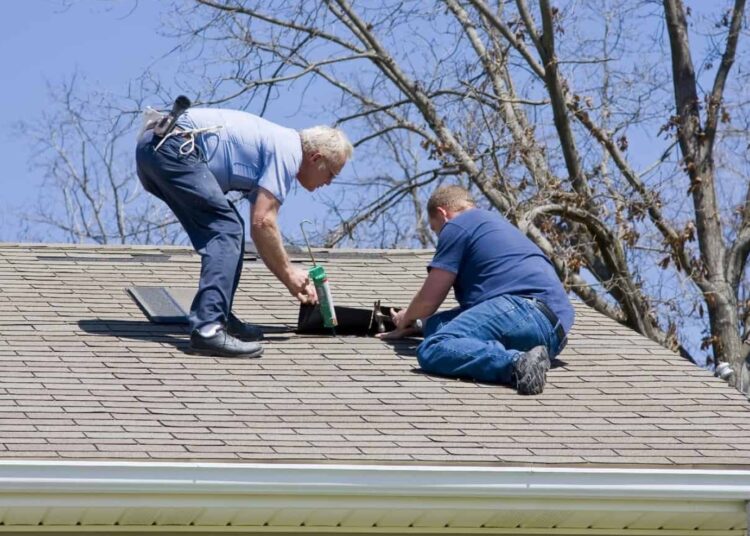
Summary
Regular maintenance and inspections are crucial to keep your roof in good condition. By knowing how to spot signs of damage and taking action to fix them, you can prevent further deterioration and potentially save yourself thousands of dollars in repair costs. Whether you choose to do DIY repairs or hire a professional, take action as soon as possible to prevent further damage. Don’t forget to inspect your roof regularly and take proper safety precautions when doing DIY repairs. With these tips, you can keep your roof in good condition for years to come.

